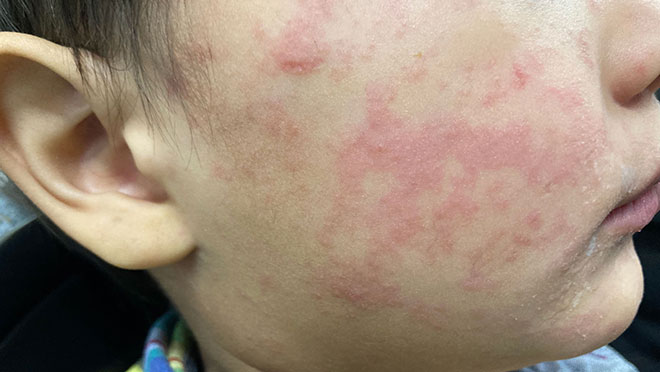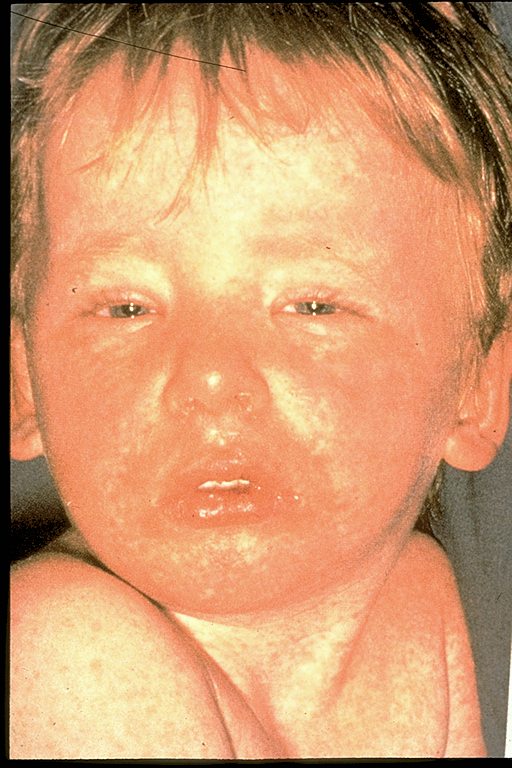Joseph R. Anticaglia, MD
Medical Advisory Board
In the year 2000, Measles was declared “eradicated” in the United States. This was a remarkable scientific achievement!
In early 2025, there was a resurgence of this disease in America — A remarkable failure of communication by the government, and the public health system to effectively inform the public about the benefits, and safety of the measles vaccine.
Measles
Measles is a viral infection that can be prevented with a safe vaccine. Anyone can get measles at any age, but small children are particularly vulnerable to this disease with potential serious consequences. The viral droplets spreads through the air by coughing, or sneezing.
Being highly contagious, if one person has contracted measles, he will likely spread it to the majority of the people around him if they’re not vaccinated.
Symptoms
Measles causes a fever and a rash which usually commonly resolves in ten days. But it can also lead to complications such as pneumonia, seizures, infections of the brain (encephalitis), hearing loss, or death.
The symptoms appear approximately 10 to 14 days after being exposed to the virus. They initially resemble those of an upper respiratory virus like runny nose, nasal congestion, sneezing, and sore throat. Symptoms also include fever, feeling tired, being irritable, coughing, and pink eye (conjunctivitis). The symptoms worsen two to four days before the appearance of the rash.

The rash usually begins as flat red spots that appear on the face at the hairline and spread downward to the neck, trunk, arms, legs, and feet. The rash lasts three to seven days, and the person is contagious for 4 (four) days after the rash has disappeared.
Prevention
The measles vaccine has proved to be highly effective in preventing this disease, which confers lifetime immunity. Experts recommend that ALL children should be vaccinated against measles. The first injection of the vaccine is administered when the child is about one years of age. The second shot is given around five years of age. Consult your Pediatrician concerning recommended vaccinations, and the timing of their administration.
Treatment
There’s no cure for measles. Treatment is supportive, which involves bed rest, adequate fluid intake, and medication to lower the fever. It’s advisable not to use aspirin to lower the fever, since it can cause Reye’s syndrome.
Vitamin A doesn’t cure measles. It has been used to reduce problems associate with measles, such as diarrhea, night blindness, and dryness of the eyes due to vitamin A deficiency (xerophthalmia).
Déjà Vu
Many are aware of the pros and cons of vaccination. Although it can be serious for people of all ages, infants and young children, expectant mothers, people with weakened immune systems, and people who are not immune to measles are most at risk. There has been a resurgence of the disease in Canada, U. S, and Mexico. Choose to vaccinate! This disease is preventable!!

Glossary
Koplik’s spots — small bluish-white spots that appear inside the mouth, particularly on the inner lining of the cheeks. They are a key sign of measles.
Rubeola is another name for measles
Nyctalopia — night blindness
Déjà vu all over Again — Yogi Berra
References
- Joseph R. Anticaglia, MD; Vaccinations “Stupendous Success” in Saving Lives: A Bedrock of Disease Prevention; Doctors Column HC Smart, January 5, 2025
- Measles (Rubeola); CDC
- Measles; AAP — American Academy of Pediatrics
- Natalie Garnes, and Wayne Shandera; Viral and Rickettsial Diseases, Diagnosis and Treatment, 2018
- “Déjà vu all over Again” — Yogi Berra
This article is intended solely as a learning experience. Please consult your physician for diagnostic and treatment options.

